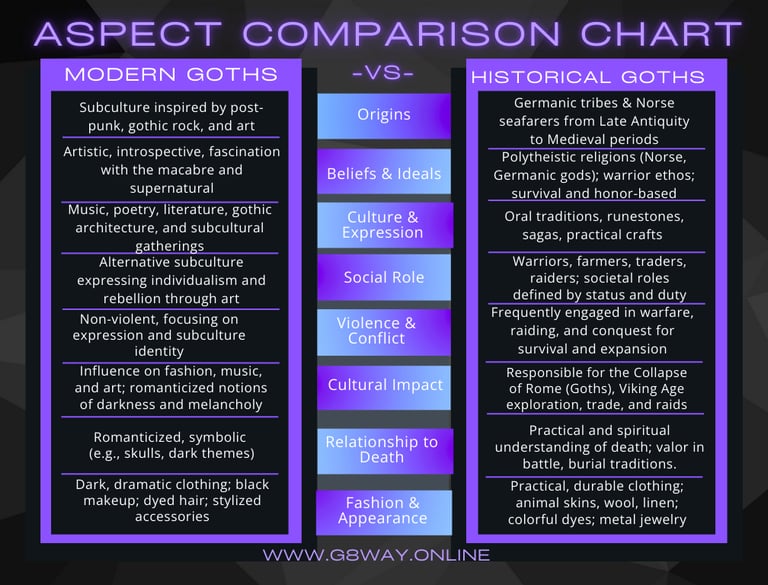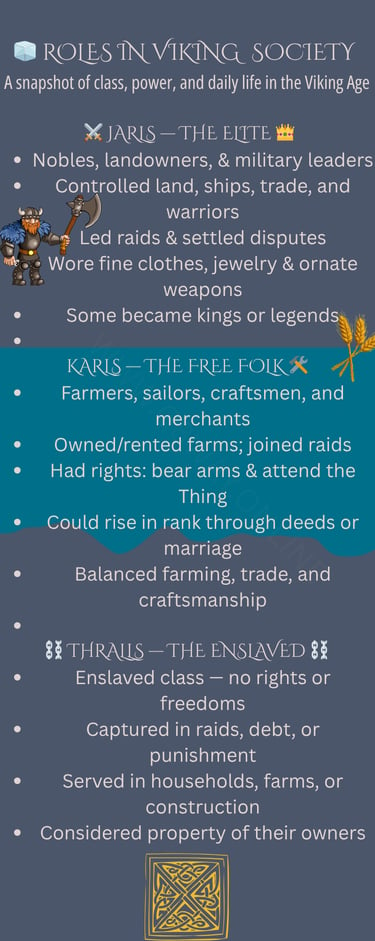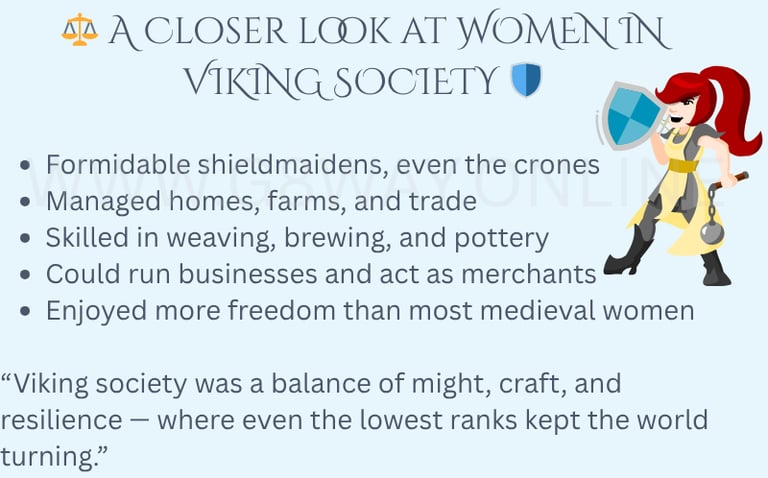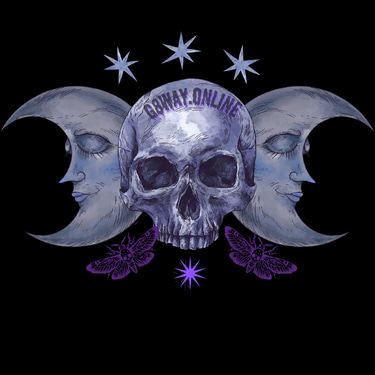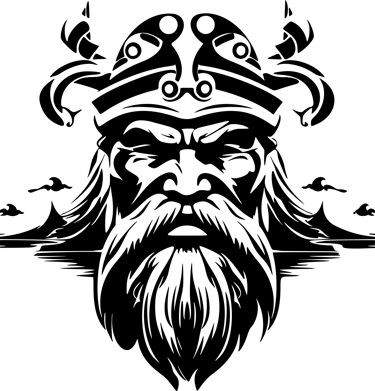

Gothic Literature: Embracing the Dark and Mysterious
In the 18th century, the term "Gothic" found new life in literature. Horace Walpole's 1764 novel, *The Castle of Otranto*, is often cited as the first Gothic novel, blending medieval settings with elements of horror and the supernatural . This genre delved into themes of mystery, terror, and the sublime, influencing writers like Mary Shelley, Edgar Allan Poe, and Bram Stoker. The Gothic literary tradition explored the darker aspects of the human psyche, often set against the backdrop of decaying castles and haunted landscapes. It provided a space to confront societal anxieties and the unknown, further cementing the term's association with the eerie and macabre.
The Modern Goth Subculture: A Fusion of Influences
Emerging in the late 20th century, the Goth subculture drew inspiration from Gothic literature, horror films, and music genres like post-punk and new wave. Bands such as Bauhaus and Siouxsie and the Banshees became emblematic of this movement, characterized by dark fashion, introspective lyrics, and a fascination with the morose . This subculture embraced a distinct aesthetic, often featuring black clothing, dramatic makeup, and symbolic accessories. While it shares a name with the ancient tribes, the modern Goth movement is more a reflection of artistic and emotional expression than a direct lineage.
Reconciling the Past and Present
The evolution of the term "Goth" from a descriptor of fierce warriors to a label for architectural styles, literary genres, and subcultures illustrates the fluidity of language and cultural interpretation. While the original Goths were indeed formidable, the subsequent uses of the term have been shaped by societal perceptions, artistic movements, and historical reinterpretations. Understanding this progression allows for a deeper appreciation of how cultures reinterpret and repurpose terms, often detached from their original meanings. It's a testament to the enduring impact of the Goths—not just as historical figures but as symbols reimagined through the ages.
